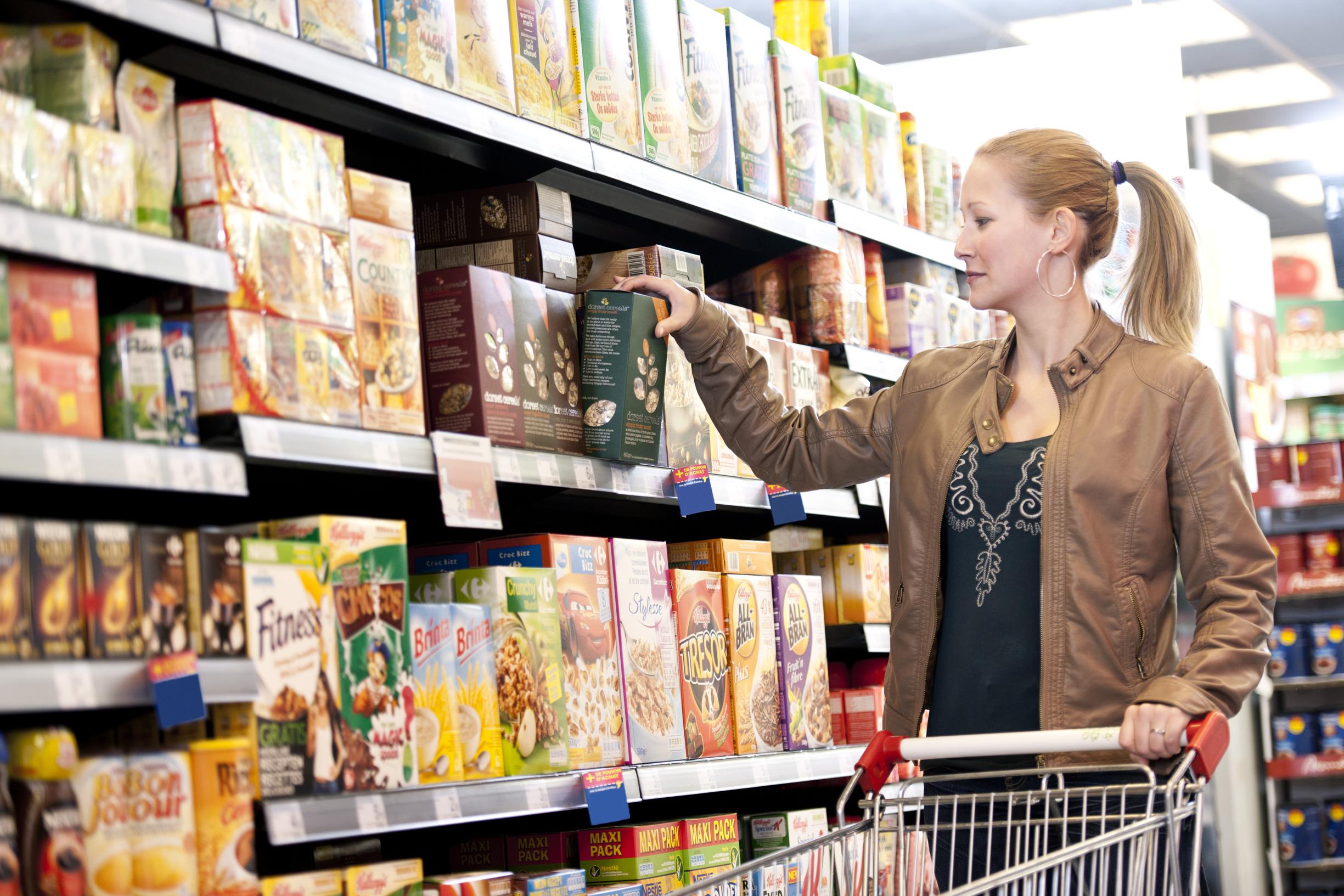Higher energy prices are increasingly seeping through to store shelves. The latest figures show that shopping has become 9.62 percent more expensive in one year. A shopping cart that The standard filled, became 6 percent more expensive compared to nine months ago. Almost all products rose in price.
–
Spaghetti, pesto, sausage, coffee … These are just a few of the products for which you pay more than nine months ago. The standard took the test and repeatedly filled an almost identical shopping cart in any Delhaize store over the past few months. On October 19, 2021, we took all products with us for 89.51 euros. On July 28, we paid for 94.94 euros at the cash register. That is an increase of 6.07 percent.
• Food inflation continues to rise
A price increase is noticeable for the majority of the products. We noticed this most with Liège waffles, spaghetti, courgettes and a small brown bread. Bread is less sensitive to inflation in the supermarket than in the bakery, where prices rise faster. Filling the general shopping cart is almost impossible. For example, the price of deep-frying fat has risen sharply in recent months, but it was not in our cart. Our cart didn’t contain much dairy either. These are also among the stronger risers among retail goods.
For some products, there is a small price increase in absolute figures. For example, we paid 1.23 euros more for coffee, but only 14 cents more for a courgette. Nevertheless, the price of courgettes rose more sharply in relative terms.
Comparing shopping carts over the months is no easy task. Sometimes products received a different packaging, so that they contain slightly more or less content. That can give a distorted picture. For example, the wine now comes in a one and a half liter bottle, twice as much as in October, and a jar of mayonnaise went a little higher. Sometimes products disappear from the shelves, as is the case with organic olive oil. It disappeared from our most recent shopping cart, just like a lot of dairy products that were still difficult to compare correctly due to changes in the range.
• Interest rate increase? recession? Stagflation? The ABC’s of Economics Explained
Our test does show a very clear evolution: all products have become more expensive. There are only a few exceptions to this. Falafel has continued to cost the same in recent months, as have red wine and organic Provencal herbs. Fairtrade chocolate became 10 cents cheaper, slices of young gouda even 30 cents.
Products follow their own path
A graph showing the price evolution per product tells us that one product received a new price label much faster than the other. A Jupiler container, for example, became a lot more expensive months ago, but its price has remained stable in recent months.
Other purchases maintained a low price for a long time and only showed a price evolution late. This is the case with Nutella, pears, butter and cauliflower, among others. Other products briefly sold at higher prices in January and February, while they are now back on the shelves at a lower price. Examples are frangipanes, red cabbage with apple and spaghetti.
Then there are the steady risers, who gradually increase the price over the months. This is the case, for example, with a pack of coffee from Douwe Egberts, breaded fish, orange juice, pork and veal sausage and Liège waffles.
–


